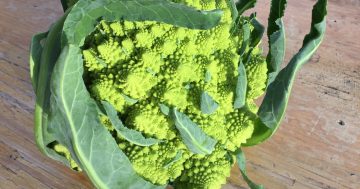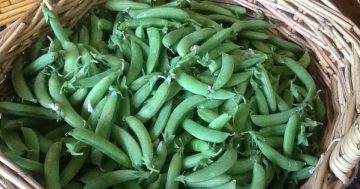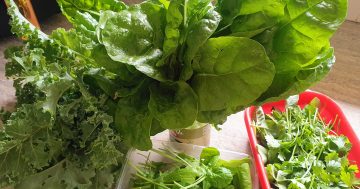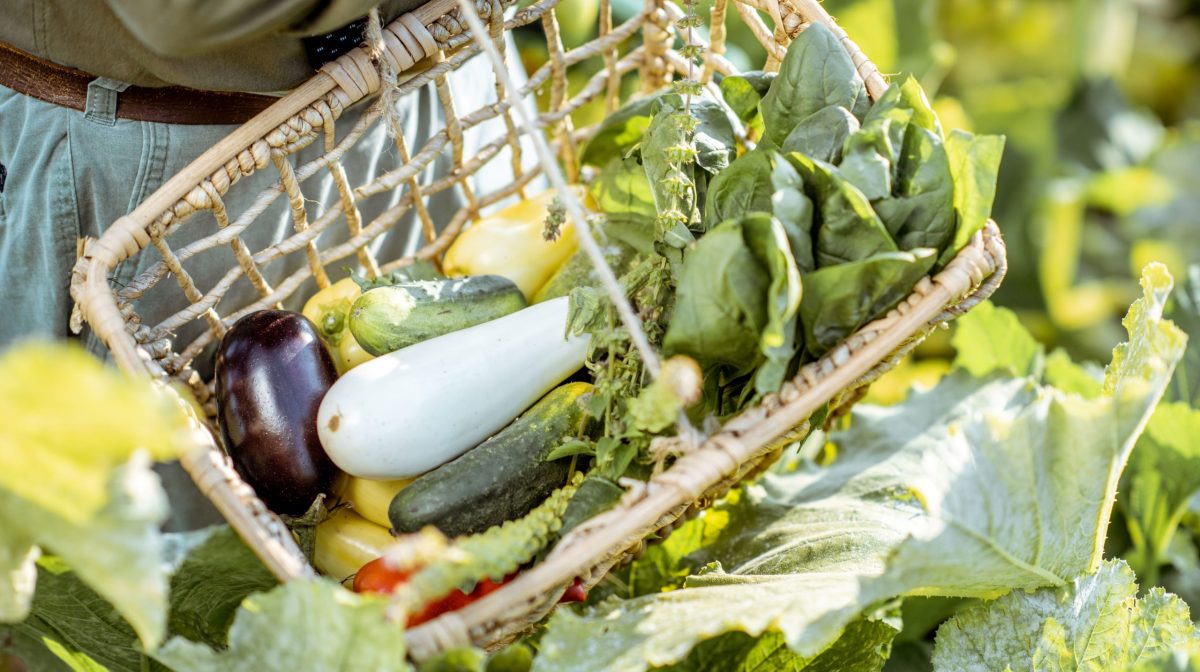
It might be time to do away with those seedling spacers and invite a little unruliness into your garden. Photo: Helen Ross.
Have a chat with any home gardener about their craft, and they’ll probably huff at some point about meticulously sowing singular seeds. Carefully measuring and preparing each hole or trench in their soil can get pretty tedious, even for the most avid of hobbyists.
Luckily for the green thumbs out there dreading their next planting session, the impeccably neat, obsessively flawless growing patch is gradually being set aside. In its place comes the colourful, biodiverse, and most importantly low maintenance, ‘chaos gardening’.
It’s not really anything new – the phrase was first coined on Tiktok, but there are plenty of ‘lazy’ growers who have done things this way for years.
Simply put, a chaos garden is an amalgamation of different plants, thrown in the ground as seeds without much thought for position.
It combines companion planting, which pairs varieties that protect each other from pests or disease, enhance flavour and improve soil health, with interplanting, which encourages a continuous sowing cycle and maximises space by growing smaller plants in between larger ones.
There are a number of benefits to a chaos garden, besides being easier on gardeners’ backs.
These little beds of rebellion don’t just look ultra natural, they behave more so, which attracts insects, birds and other wildlife, boosting biodiversity and leading to a more bountiful harvest.
They can be grown in almost any space, including in-ground gardens, raised beds, greenhouses, and even smaller pots and containers.
It’s also a perfect way to use long forgotten seeds. Forget that expiry date, throw them in and see what happens.
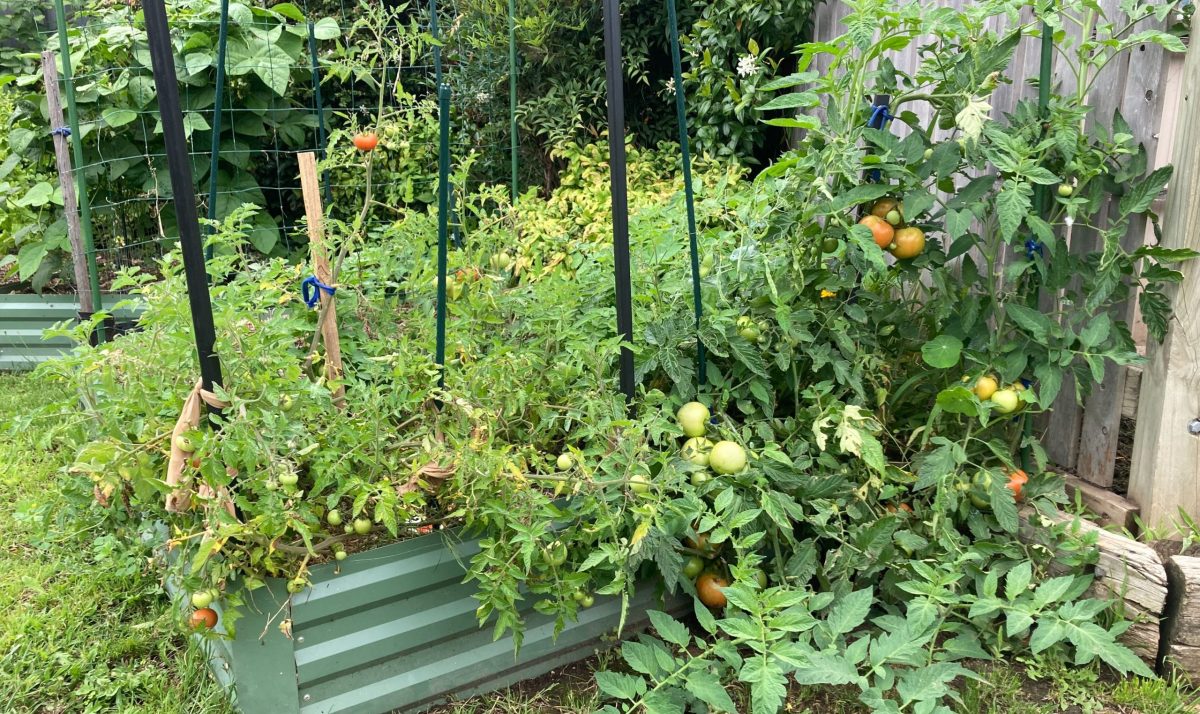
Doing away with strict crop patterns, chaos gardening embraces nature’s wilder traits and allows plants to flourish without borders. Photo: John Coleman.
For anyone looking to create their own chaos garden, Dr Ro McFarlane from University of Canberra says the key to a healthy, low maintenance ecosystem is choosing the right plants. Consider sowing a robust mix of beneficial herbs, flowers and vegetables, but be sure they’re varieties that thrive in your area.
“A little research goes a long way,” Dr Ro says.
“Get in touch with nearby nurseries, community gardens, seed savers, heritage gardeners, and local Landcare and environmental groups. They will be able to tell you what they’re growing, which varieties best suit your climate and why.”
Soil is also important. Most seedlings need nutrient-rich soil that drains well to grow. Generally, a combination of garden soil, potting mix and compost will do the trick.
Once your soil is ready and you’ve chosen what to plant, it’s time for the fun part. Collect your seeds and mix them together in one vessel. Then scatter to your heart’s content, encourage germination with a little warm water, and sit back to watch the chaos unfold.
Depending on the seeds you’ve sown, you may need to thin out new growth every so often to avoid overcrowding. Don’t fret – simply pop them in the compost.
Throughout each season, continue to sow, harvest and thin. Eventually, you will have a cyclical garden that takes care of itself without needing too much intervention.
Dr Ro’s final point is to be a little more open-minded when it comes to weeds and edible natives.
“Many weeds are edible and bring their own benefits to the garden,” she says.
“Dandelions and cat’s ear, for example, make great salad additions. Be sure to control any invasive species though.
“There are some great native plants out there like Murnong (yam daisy) that are tasty, beautiful and require very little maintenance. Ask around your community and you’re sure to find some that could be added to your home garden.”
And remember – if at first you don’t succeed, try and try again. Every chaos garden is its own experiment, so take note of the little difficulties and use them to better your next sowing cycle.
Good luck!







